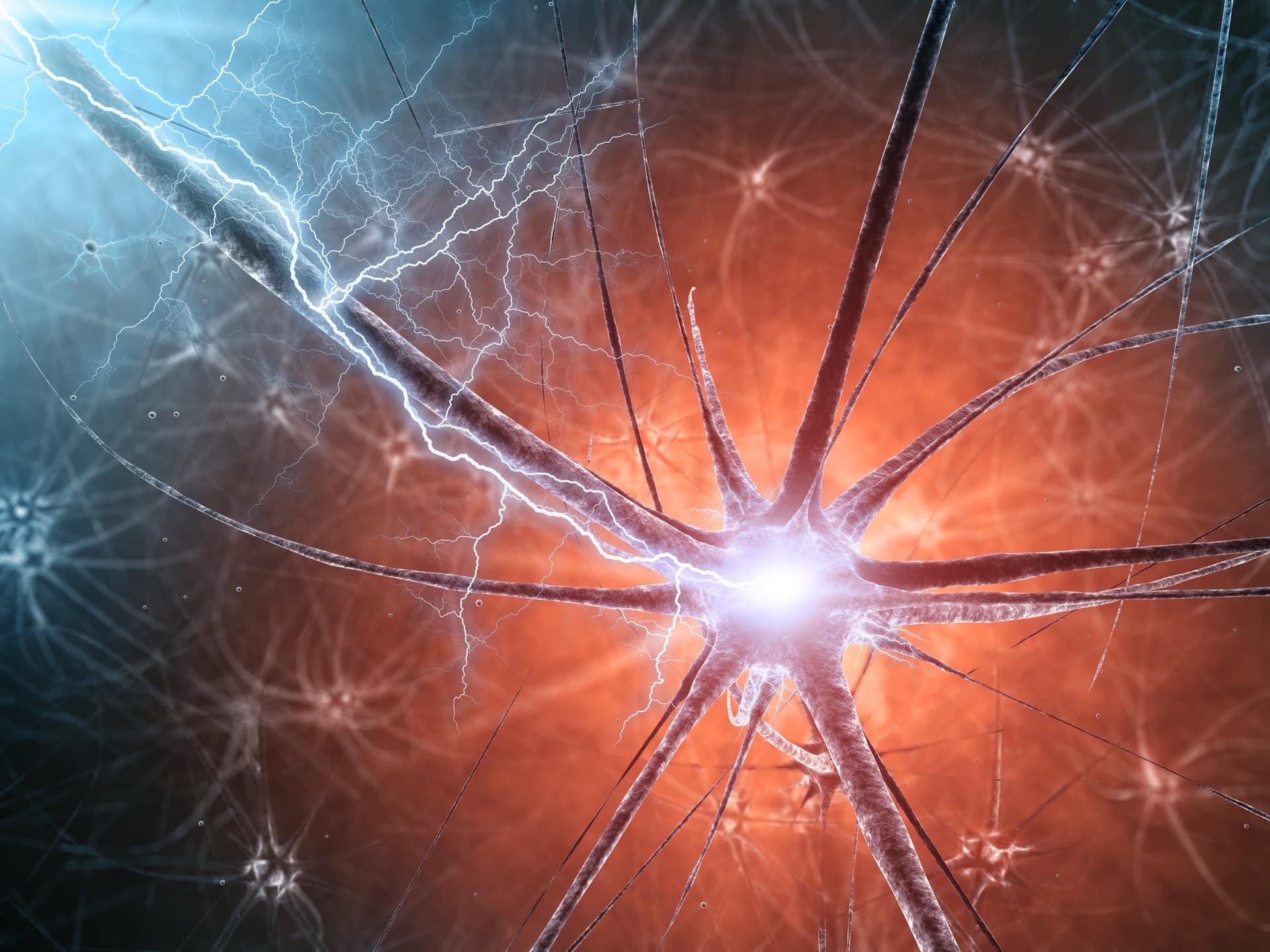Scientists Uncover Key Molecule In Roundworm – Nerve Degeneration
Our brain is an awful lot like a control tower- controlling traffic, directing and redirecting hundreds of flights at busy airports every day. Similarly, the brain is involved in regulating everything in your body, from movement to thoughts and emotions. Our brain talks to our body like the control tower talks to all the planes except instead of radios, our body uses nerves, or neurons, to communicate between the body and brain.
And as you can imagine, the degeneration of these nerves wreaks havoc on all aspects of the body. But now, scientists at the University of Queensland are studying a tiny see-through roundworm that lives in dirt in hopes that it would help understand how to treat injured nerves in the human body.
“We don’t understand how the nerve degenerates, either during an injury or following different diseases,” Associate Professor Massimo Hilliard from the Queensland Brain Institute at the University of Queensland, said. “These roundworms are very simple model systems that people use to understand different biological problems. The reason why they are very useful is because they are transparent, and it’s possible to see individual nerve cells in these animals. In a way, they provide a magnifying glass to understand what happens at the molecular and cellular level when the nerve is damaged.”
Dr Hilliard believes the research could help scientists understand how nerve axons were damaged in neurodegenerative conditions.
Using small nematode worm Caenorhabditis elegans as a genetic model system, the UQ researchers have discovered the molecular mechanisms through which nerve degeneration occurs.
The study was focussed specifically on mechanosensory neurons (those necessary to detect touch), which are embedded in the skin of the animal, and found that the skin itself has a major role in the degeneration process as it removes the debris of a damaged nerve.
The researchers have discovered a molecule, lin-14, which was found not necessary only within the axon, but also in the surrounding tissue. Their findings suggest that this key molecule could play a crucial role in protecting the axons, without which, the axon is seen to degenerate spontaneously.
Dr Hilliard said the discovery created new avenues for researchers seeking to limit the degenerative process. “Our research highlights that complex connections between axons and their surrounding environment are critical for the survival of the axons later in life.”
“The next step is to better understand the interactions between axons and their surrounding tissue, as well as to look for similar molecules that mediate the same degenerative process in humans.” She concluded.























